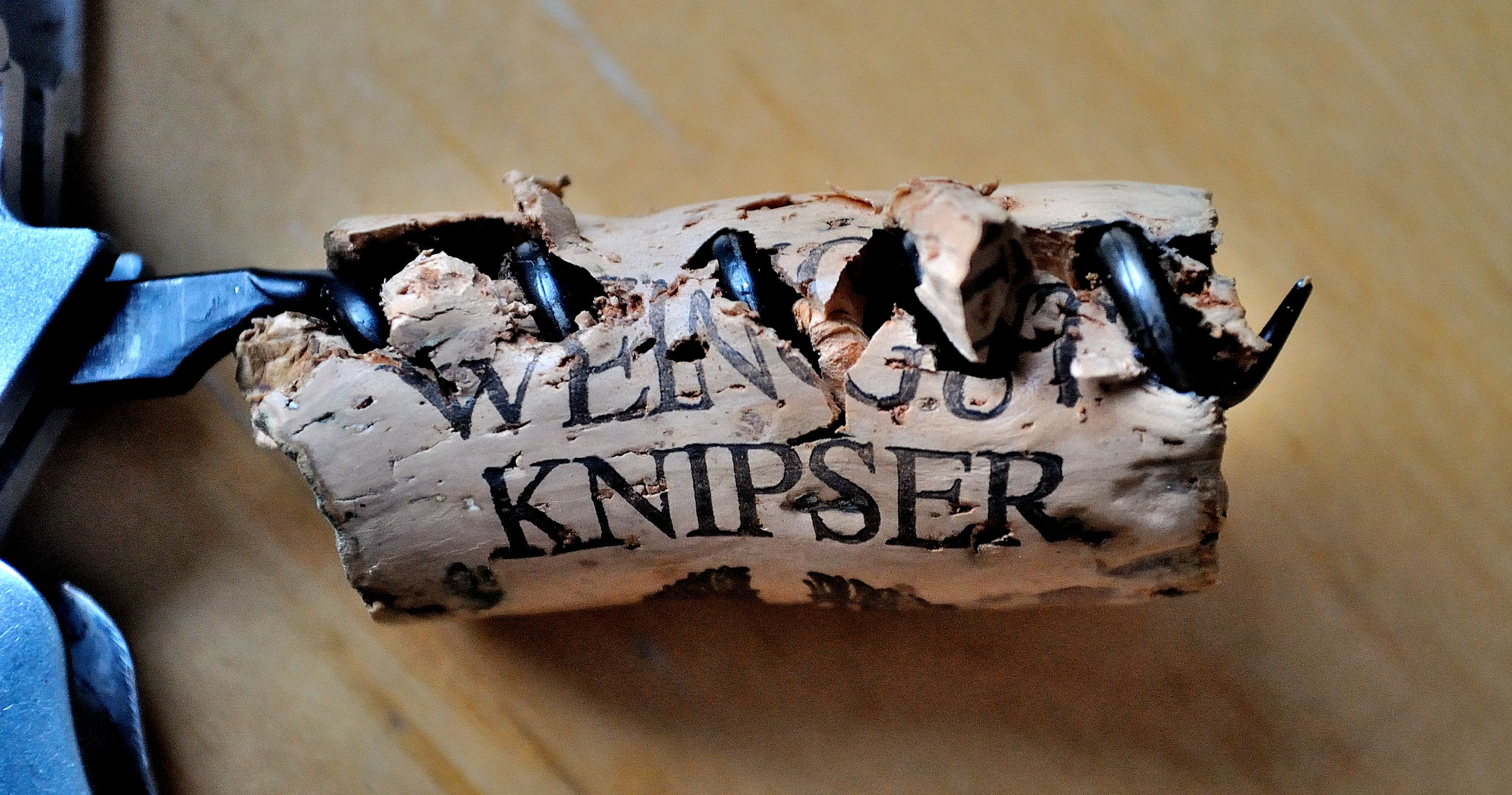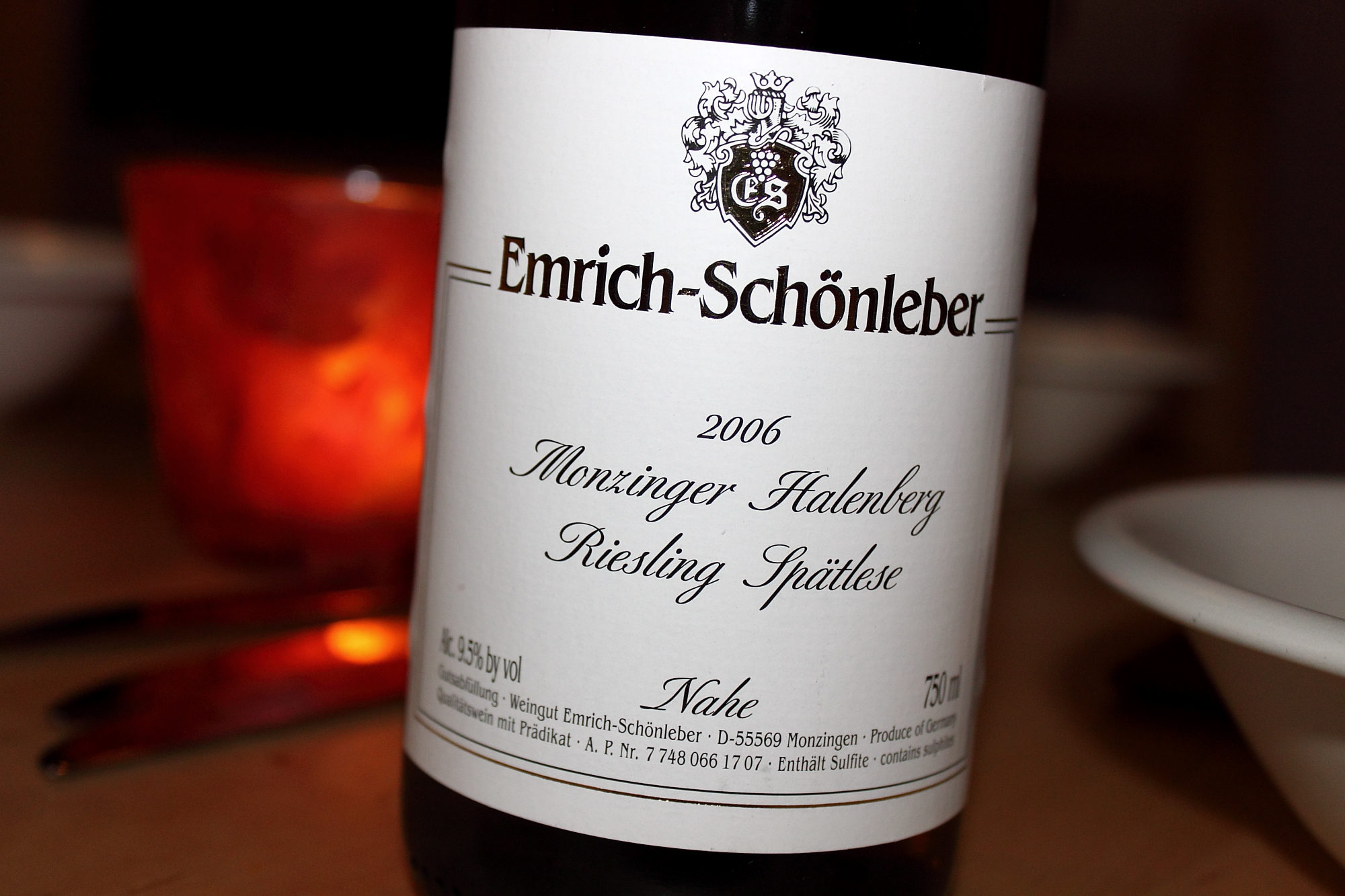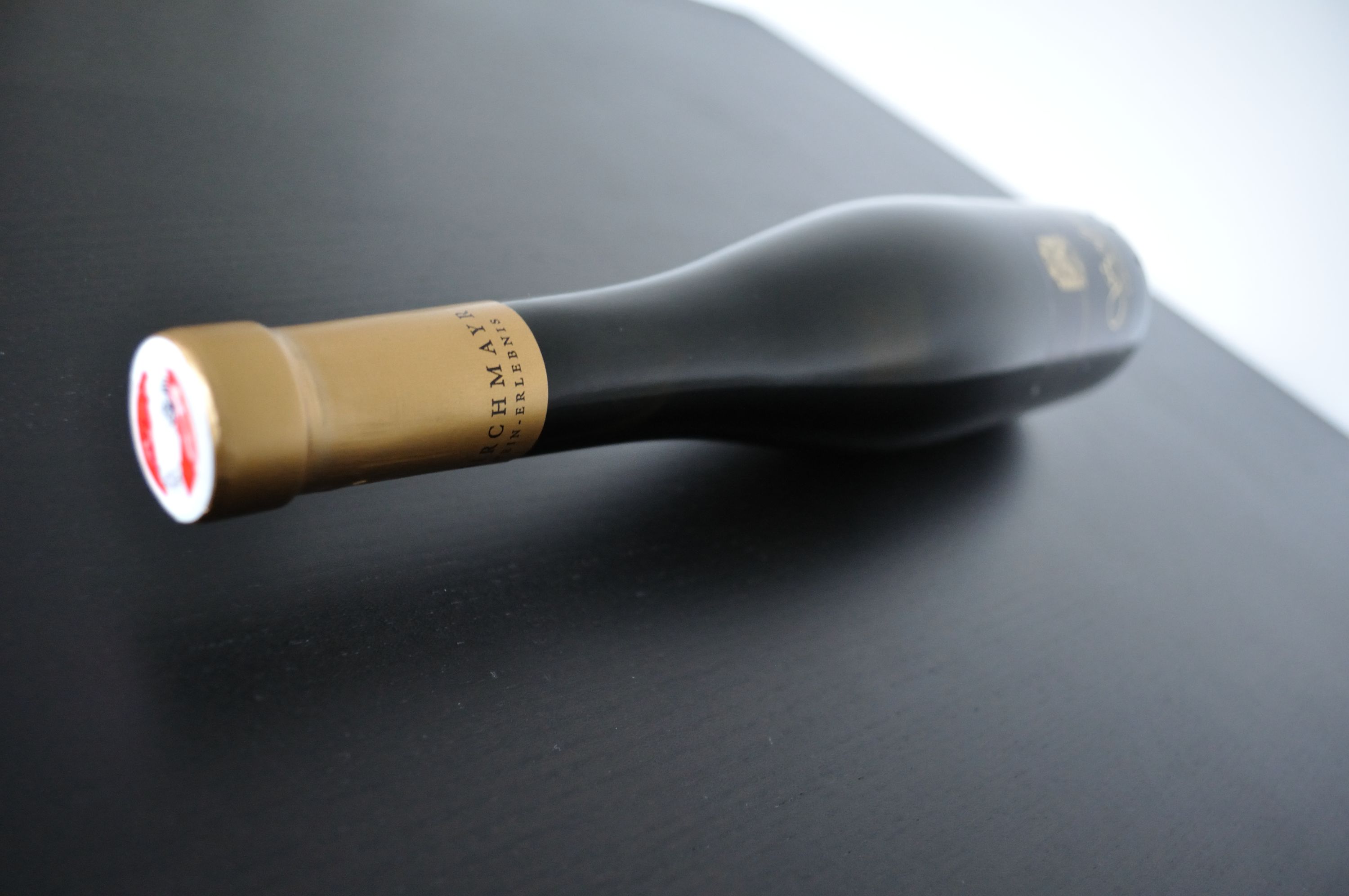Knipser, Chardonnay trocken ***, 2003
Knipser is the name of a wine making family from the Pfalz region of Germany who keep impressing us with their polished and tasty wines. They are widely known for their expertise in ageing wine in barrique barrels - red wine, of course, but also white. The other day when I was cooking tarragon cream chicken I felt the time had come to open their premier 2003 Chardonnay, a wine that was only released to market after several years of maturing in the Knipser cellars.

What I was expecting, of course, was a substantial (14% ABV and barrique), creamy wine with the first signs of age. What I was hoping for was that it also kept a hint of freshness to go along with the food.









